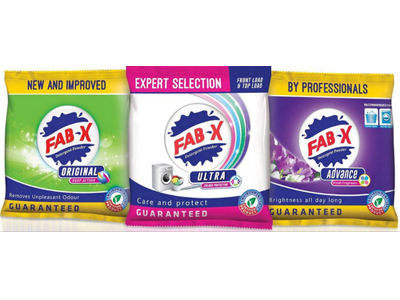FaB (Faster and Better) decision making is possible through the right categorisation. Without the categorisation used at Amazon between Type 1 consequential irreversible, and Type 2 reversible decision making that I wrote about last week, we run the risk of either undercooking or overcooking our decision making.
What does this mean? It means that our decision making can be rough when we undercook things. This leads to us constantly needing to rework things. Which in turn leads to us either missing our objectives completely or under achieving them or, at worst, achieving them 6 or 12 months later than we should have. And if we overcook them, we are simply too slow. Delaying achievement of objectives and putting them at risk of being overtaken by external events.
If you categorise well, and improve decision making across the organisation, everything is just smoother. Re-work is infrequent and your objectives are achieved 10, 20 or even 30% faster than they otherwise might have been.
And there is more to categorising than simply the Type 1 and Type 2 decisions used in Amazon. In Daniel Kahneman’s world of Thinking Fast and Thinking Slow his categories are System 1 for fast and System 2 for slow, considered decision making. System 1 is when we use heuristics, little shortcuts to get a quick decision. Such as, assuming a new Italian restaurant down the street will be expensive because the one it’s replacing was expensive or because of the way it looks. While that assumption might be wrong, no great harm is done and you have reached a fast decision about whether or not you want to try it sooner or later.
Heuristics are very, very helpful to get us through our day of thousands of decisions. But every now and then they are wrong and they hurt. Like assuming the nice young lad offering to take your car for a car wash to earn a couple of bucks but never bringing it back. (Yep, happened to a friend of mine. The young guy returned two other cars to the workplace before pestering my friend into agreeing to take him up on his car wash service – and of course his car was the most expensive!)
Kahneman and his colleague, Amos Tversky, worked hard to train themselves to identify when thinking fast is not appropriate. They found it difficult. The result? Simply knowing we take shortcuts when we shouldn’t is not enough to improve our decision making. We need to put in place interventions.
In my next blog I will talk more on categorisation and on creating these interventions.

